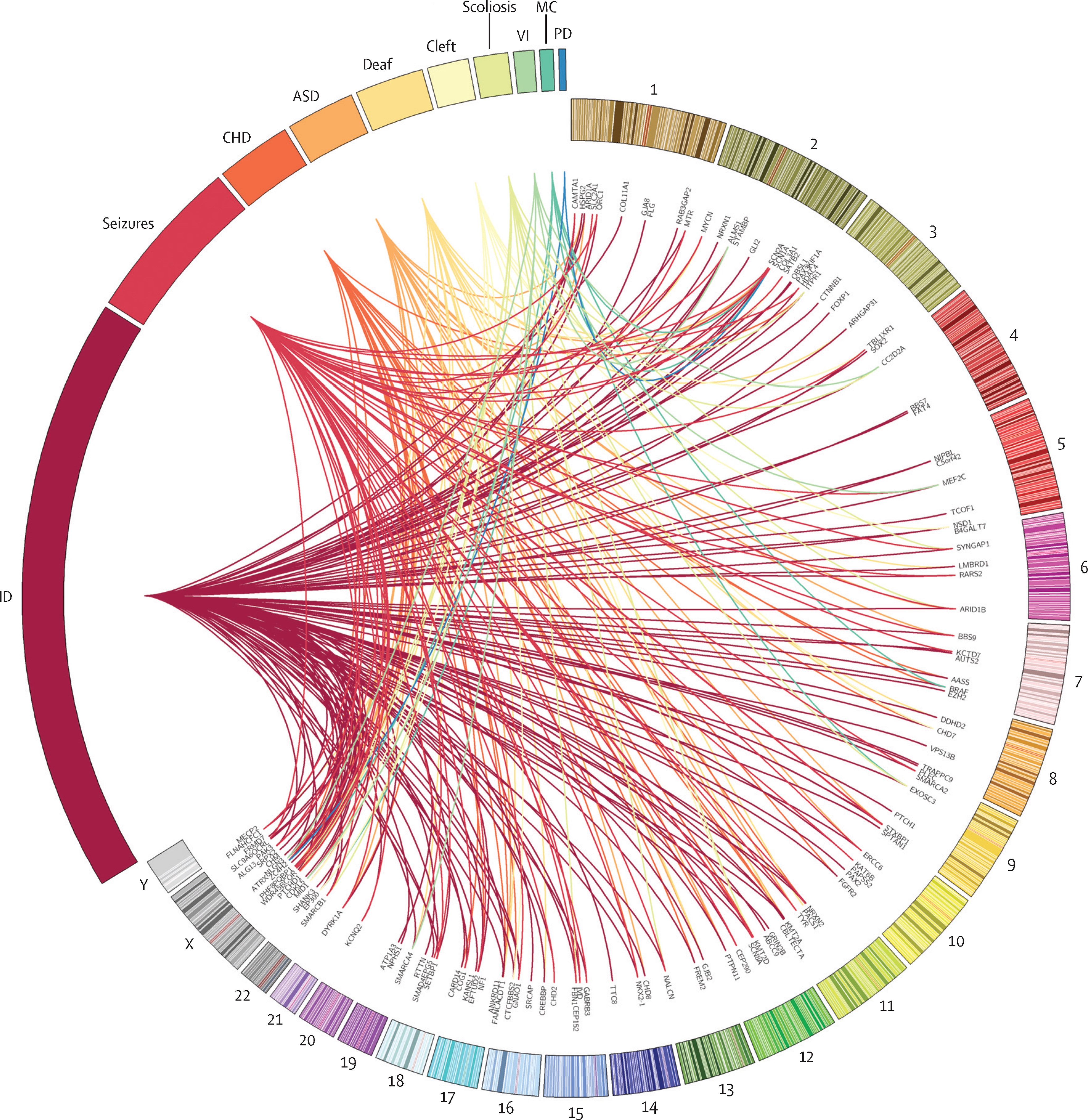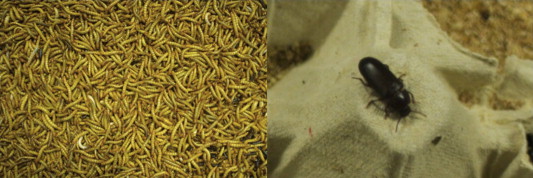Elsevier, The Lancet, Volume 386, 8 August 2015
Remarkable gains have been made in global health in the past 25 years, but progress has not been uniform. Mortality and morbidity from common conditions needing surgery have grown in the world's poorest regions, both in real terms and relative to other health gains. At the same time, development of safe, essential, life-saving surgical and anaesthesia care in low-income and middle-income countries (LMICs) has stagnated or regressed.
Elsevier, Land Use Policy, Volume 46, July 01, 2015
Despite much policy attention to agricultural development in South Africa, efforts since democratisation have failed to raise smallholder engagement in agriculture and to break the trend of persistent rural poverty. This paper presents results from a study of the Massive Food Production Programme (MFPP) in three villages in Eastern Cape Province, South Africa. The MFPP aimed to reduce poverty by raising maize yields.
Elsevier, Health and Place, Volume 34, July 01, 2015
This paper extends the concept of therapeutic landscapes by investigating how green and blue spaces affect older adult health and wellbeing. We draw on interview data from participants aged 65-86 years old who described their everyday experiences with green and especially blue spaces across Metro Vancouver, Canada. Landscapes embedded with therapeutic qualities included parks, gardens, street greenery, lakes, and the ocean. Interactions with these spaces influenced participants' perceived physical, mental, and social health.
Elsevier, Social Science and Medicine, Volume 136-137, July 01, 2015
This paper contributes to the literature on Indigenous health, human dimensions of climate change, and place-based dimensions of health by examining the role of environment for Inuit health in the context of a changing climate. We investigated the relationship between one key element of the environment - sea ice - and diverse aspects of health in an Inuit community in northern Canada, drawing on population health and health geography approaches. We used a case study design and participatory and collaborative approach with the community of Nain in northern Labrador, Canada.
Elsevier, World Development, Volume 68, April 01, 2015
As the post-MDG era approaches in 2016, reducing child undernutrition is gaining high priority on the international development agenda, both as a maker and marker of development. Revisiting Smith and Haddad (2000), we use data from 1970 to 2012 for 116 countries, finding that safe water access, sanitation, women's education, gender equality, and the quantity and quality of food available in countries have been key drivers of past reductions in stunting. Income growth and governance played essential facilitating roles.
Elsevier, The Lancet, Volume 385, 18 April 2015
In this Series paper, we review evidence for interventions to reduce the prevalence and incidence of violence against women and girls. Our reviewed studies cover a broad range of intervention models, and many forms of violence - ie, intimate partner violence, non-partner sexual assault, female genital mutilation, and child marriage. Evidence is highly skewed towards that from studies from high-income countries, with these evaluations mainly focusing on responses to violence.
Elsevier, The Lancet, Volume 385, 18 April 2015
Health systems have a crucial role in a multisector response to violence against women. Some countries have guidelines or protocols articulating this role and health-care workers are trained in some settings, but generally system development and implementation have been slow to progress. Substantial system and behavioural barriers exist, especially in low-income and middle-income countries.
Elsevier, Social Science and Medicine, Volume 128, March 01, 2015
There is a very large literature examining income inequality in relation to health. Early reviews came to different interpretations of the evidence, though a large majority of studies reported that health tended to be worse in more unequal societies. More recent studies, not included in those reviews, provide substantial new evidence. Our purpose in this paper is to assess whether or not wider income differences play a causal role leading to worse health.
Elsevier, Social Science and Medicine, Volume 129, March 01, 2015
Scientists in the Netherlands are cultivating edible insects to address concerns of international food security. Committed to the One World, One Health (OWOH) movement, their research aims to create a safe and effective global solution to the conjoined problems of climate change and an increasing worldwide demand for protein. Their preliminary work is promising, as it suggests that when compared to other sources of meat, insects can be an efficient, safe, and low-impact source of nutrients. Additionally, in many sites with endemic malnutrition, people find insects tasty.


